Product Description
STANDARD FEATURES
| Burning Chamber Capacity | 0.75m with glass observation door |
| Burning Angle | 20 , 45 , 90 (ie 0 ) adjustable |
| Flame Time | 0 ~ 99 minutes 99 seconds can be set |
| After Flame Time | 0 ~ 99 minutes 99 seconds can be set |
| After Glow Time | 0 ~ 99 minutes 99 seconds can be set |
| Burner Dimensions | The inner diameter of the nozzle is 9.50.3mm, the effective length of the nozzle is 10010mm, and there is an air adjustment hole |
| Combustion Gas | LPG gas (Customize) |
| Flame Height | Adjustable from 20mm to 175mm as standard |
| Features | It is also equipped with lighting device, air extraction device, gas flow regulating valve, gas pressure gauge, gas pressure regulating valve, gas flow meter, gas U-shaped pressure gauge and sample fixture |
| Power | AC 220v 50HZ |
The Single Wire and Cable Vertical Burning Tester is a special equipment designed to evaluate the burning performance, fire resistance and flame retardant effect of a single wire or cable in the vertical direction. The equipment tests the burning behavior of wires and cables under the action of flame by simulating the fire conditions they may encounter in actual use, to ensure that they comply with relevant safety standards and regulatory requirements. The following is a detailed description of the Single Wire and Cable Vertical Combustion Tester:
1. Functions and Uses
Simulate the fire environment:
Through the action of flame in vertical direction, simulate the fire conditions that may be encountered by wires and cables in actual use, and evaluate their burning performance.
Vertical burning test:
Evaluates the burning performance of a single wire and cable in the vertical direction, including flame spreading speed, burning time, and dripping behavior.
Flame Retardant Performance Evaluation:
Evaluate the effectiveness of the flame retardant treatment of wire and cable to ensure that it can effectively stop the spread of flame in a fire and reduce the risk of fire.
Quality Control and R&D:
Used for quality control in the production process of wire and cable, as well as research and development of new products and performance optimization.
2. Test standards and methods
IEC 60332-1-2:
International Electrotechnical Commission on the single wire and cable in the vertical flame conditions of the combustion test standard.
UL 1581:
Underwriters Laboratories on the wire and cable combustion test standards.
GB/T 18380.12:
Chinese national standard on combustion test method for single wire and cable under vertical flame conditions.
EN 60332-1-2:
European Standard, Test Method for Combustion of Wire and Cable under Vertical Flame Conditions.
ASTM D3032:
American Society for Testing and Materials (ASTM) Standard for Flammability Testing of Wire and Cable.
Customized Test Methods:
According to specific application scenarios and customer requirements, develop a specialized test plan, including different flame temperatures, burning time, sample size, etc.
3. Test Steps
1.
Sample preparation:
Prepare a single wire or cable sample that meets the test requirements, ensuring that its length, diameter and other parameters meet the equipment requirements.
2.
Equipment calibration:
Calibrate the combustion tester to ensure the accuracy of flame temperature, burning time and other parameters.
3.
Sample Installation:
Install the wire and cable sample vertically on the sample fixture to ensure that it is firmly fixed.
4.
Setting parameters:
Set parameters such as flame temperature, burning time, flame height, etc. according to test standards or customer requirements.
5.
Start test:
Start the combustion tester and begin the vertical combustion test.
6.
Continuous monitoring:
During the testing process, monitor the burning behavior of the sample in real time and record data such as flame spreading speed, burning time, and dropping behavior.
7.
End of test:
At the end of the test, the sample is removed for appearance inspection and data analysis to assess its vertical burning performance.
8.
Result Analysis:
According to the test data, calculate the burning speed, burning time, drip behavior and other indexes of the wire and cable to evaluate its flame retardant performance.
4. Assessment Criteria
Flame spreading speed:
Evaluate the flame spreading speed of wire and cable in the vertical direction, usually expressed in terms of the spreading distance per minute. The slower the flame spread speed, the better the flame retardant performance.
Burning time:
Evaluate the wire and cable in the flame effect of continuous burning time. The shorter the burning time, the better the flame retardancy.
Dropping behavior:
Evaluate the dripping behavior of the wire and cable during the burning process, whether it drips burning residue. The less dripping behavior, the better the flame retardancy.
Flame Retardant Rating:
According to the test results, evaluate the flame retardant grade of the wire and cable, such as Class A, Class B, Class C of IEC 60332-1-2 standard.
5. Application areas
Wire and cable manufacturing industry:
Used to evaluate the burning performance and flame retardant effect of single wire and cable to ensure its safety in fire.
Building Electrical:
To test the burning performance and flame retardancy of wires and cables used in building electrical systems.
Power Transmission:
Evaluates the burning performance and flame retardancy of wires and cables used in power transmission systems.
Communication Cables:
Tests the combustibility and flame retardancy of communication cables to ensure their signal transmission stability in a fire.
Rail Transportation:
Evaluates the combustion and flame retardant properties of wires and cables used in rail transportation systems.
Shipbuilding:
Tests the combustion and flame retardant properties of wires and cables used in marine electrical systems.
Aerospace:
Evaluate the combustion and flame retardant properties of wires and cables used in aerospace systems.
Buying a combustion tester (e.g. Horizontal Vertical Combustion Tester, Single Wire and Cable Vertical Combustion Tester, etc.) is an important investment. To ensure that you choose the most suitable equipment for your needs, the following are some of the key purchasing considerations covering a wide range of aspects from technical parameters to after-sales service:
1. Define the test requirements
Test standards:
First of all, identify the international, national or industry standards you need to follow, such as UL 94, IEC 60332, GB/T, etc. Different standards have different requirements for test methods and parameters. Different standards have different requirements for test methods and parameters to ensure that the equipment can meet these standards.
Sample type and size:
Confirm the type of material you need to test (e.g., plastic, rubber, wire and cable, etc.) as well as the size and shape of the sample to ensure that the equipment can accommodate and hold the sample.
Test environment:
Consider the test environment you need to simulate, such as flame temperature, burning time, flame direction (horizontal or vertical), etc., to ensure that the technical parameters of the equipment can meet these requirements.
2. Technical parameters and performance
Flame temperature control accuracy:
Confirm whether the equipment can accurately control the flame temperature, and whether the temperature range meets your test requirements. Usually, the temperature range is between 500 and 1000.
Combustion time control:
The device should have precise combustion time control, and be able to set different combustion times according to the test standard.
Flame height adjustment:
Confirm that the equipment is capable of adjusting the flame height and that the adjustment range meets your testing requirements.
Sample Fixture:
The equipment should be equipped with fixtures suitable for your sample type to ensure that the sample is firmly fixed during the test to avoid affecting the test results.
Safety Protection Devices:
The equipment should be equipped with multiple safety protection devices, such as emergency stop button, fire extinguishing system, explosion-proof door, etc., to ensure the safety of the testing process.
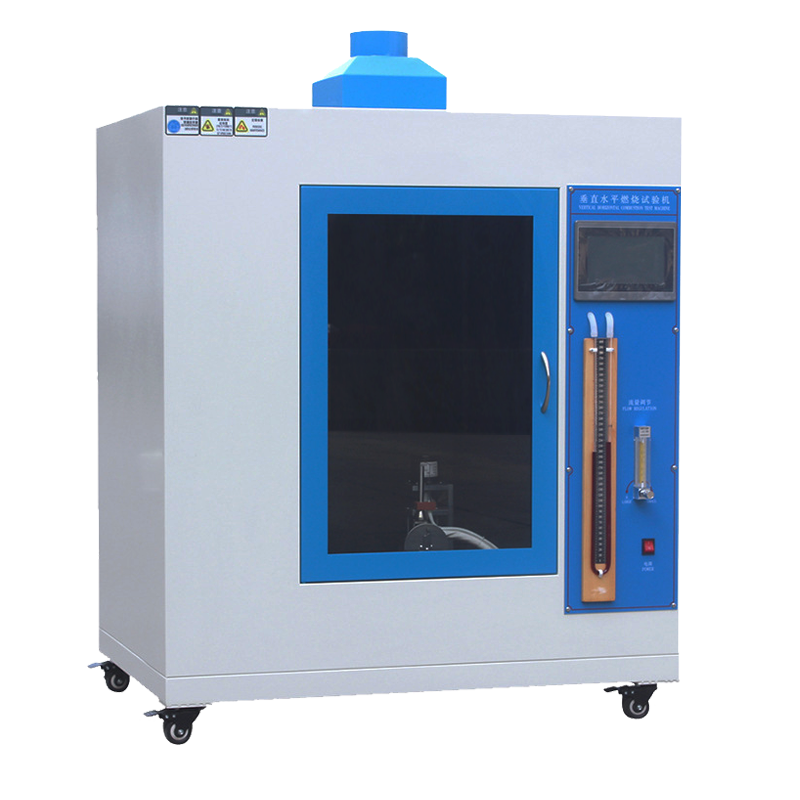




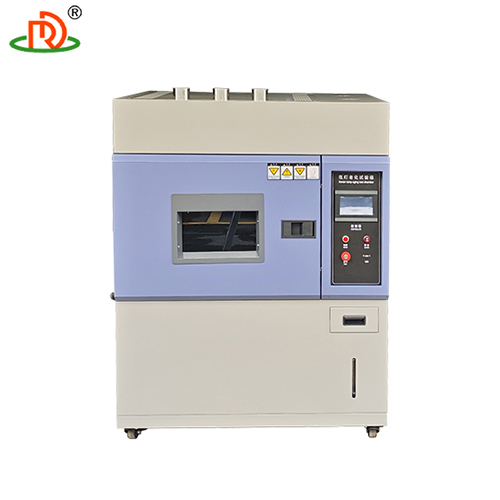
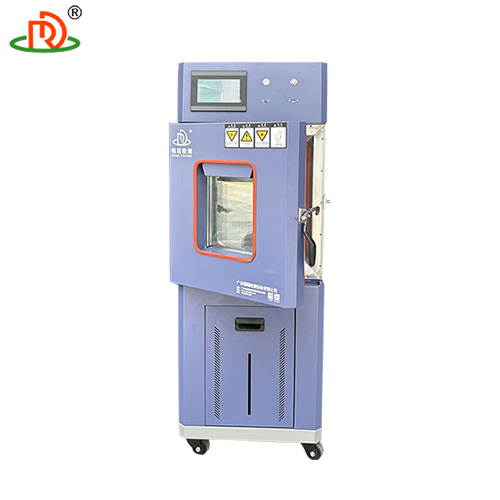
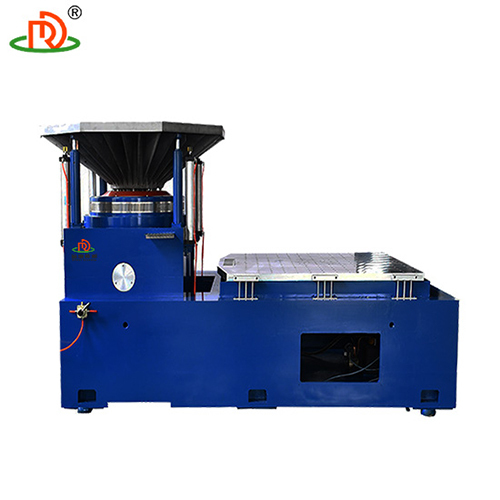
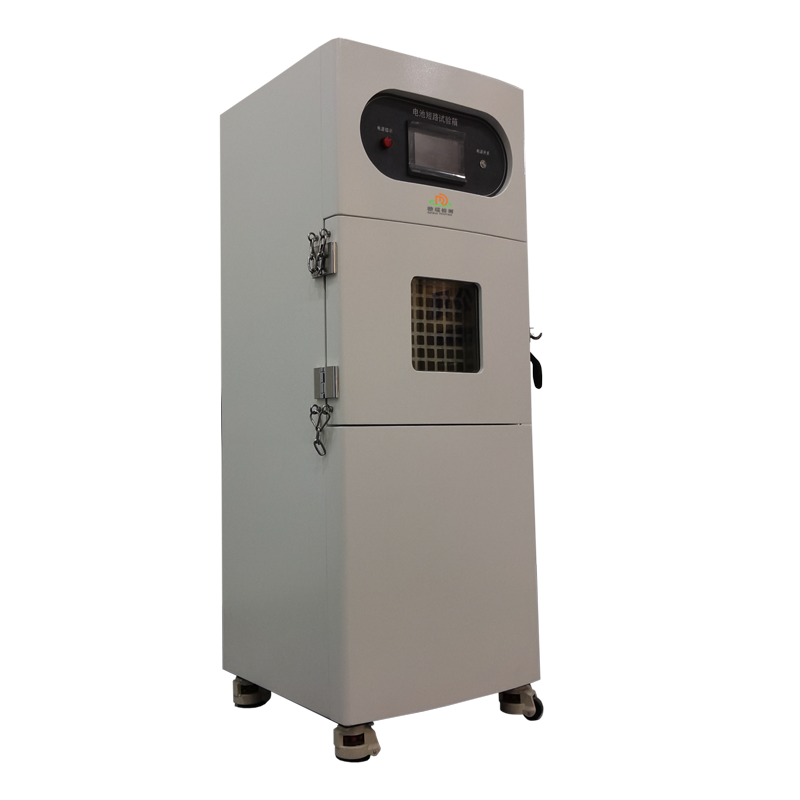

 English
English Spanish
Spanish French
French German
German Italian
Italian Chinese (Simplified)
Chinese (Simplified) Japanese
Japanese Korean
Korean Arabic
Arabic Portuguese
Portuguese